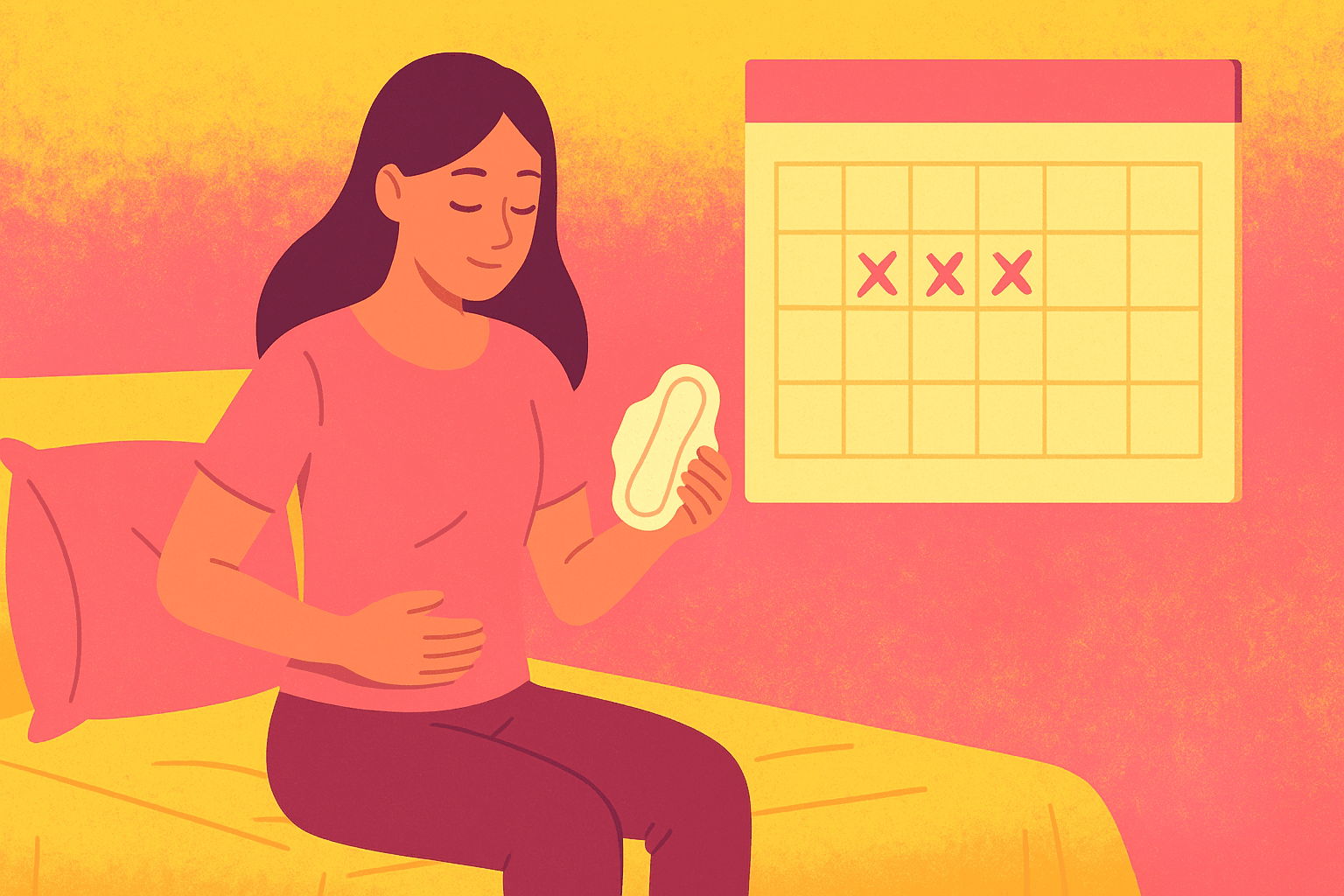
Menstruation is a natural process of renewing the inner layer of the uterus. On average, the discharge lasts from three to seven days. It's like a weather forecast: for some, the rain doesn't last long, while for others it lingers a bit longer, and both scenarios remain normal.
Why the duration varies
The duration is influenced by age, hormonal balance, lifestyle, and even the amount of sleep. In the first years after the first menstruation, the body is just establishing the cycle, so the bleeding may be slightly shorter or, conversely, longer. By the age of twenty, hormones work more harmoniously, and menstruation more often fits within the familiar range.
Stress, strict diets, intense workouts, and climate change can alter hormone levels. In response, the mucous membrane is shed faster or slower. Hormonal contraceptives also have an effect: they can make menstruation shorter and less heavy because the thickening of the endometrium remains minimal.
When to observe yourself especially carefully
It's important to notice changes if the bleeding suddenly intensifies and lasts more than a week, if there is pronounced pain or dizziness. These signs suggest that it's worth consulting a doctor. When menstruation consistently repeats its usual length, the body is communicating its own balance.
How to monitor the duration
By marking the first and last day of bleeding on a calendar, it's easy to see how long it lasts. After a few months, the records become a reliable guide. They help plan trips, important meetings, and rest days.
Conclusion
Every girl has her own rhythm. A menstruation duration of three to seven days is considered a physiological norm as long as well-being remains comfortable. Paying attention to your own sensations and regular calendar markings help live in harmony with your body and notice any changes in time.